
Northern plains gray langur
Gray langurs, also called Hanuman langurs and Hanuman monkeys, are Old World monkeys native to the Indian subcontinent constituting the genus Semnopithecus. Traditionally only one species Semnopithecus entellus was recognized, but since about 2001, additional species have been recognized. The taxonomy has been in flux, but currently eight species are recognized.
Gray langurs are fairly terrestrial, inhabiting forest, open lightly wooded habitats, and urban areas on the Indian subcontinent. Most species are found at low to moderate altitudes, but the Nepal gray langur and Kashmir gray langur occur up to 4,000 m (13,000 ft) in the Himalayas.
These langurs are largely gray (some more yellowish), with a black face and ears. Externally, the various species mainly differ in the darkness of the hands and feet, the overall color and the presence or absence of a crest. Typically all north Indian gray langurs have their tail tips looping towards their head during a casual walk whereas all south Indian and Sri Lankan gray langurs have an inverted "U" shape or a "S" tail carriage pattern. There are also significant variations in the size depending on the sex, with the male always larger than the female. The head-and-body length is from 51 to 79 cm (20 to 31 in). Their tails, at 69 to 102 cm (27 to 40 in) are always longer than their bodies. Langurs from the southern part of their range are smaller than those from the north. At 26.5 kg (58 lb), the heaviest langur ever recorded was a male Nepal gray langur. The larger gray langurs are rivals for the largest species of monkey found in Asia. The average weight of gray langurs is 18 kg (40 lb) in the males and 11 kg (24 lb) in the females.
Langurs mostly walk quadrupedally and spend half their time on the ground and the other half in the trees. They will also make bipedal hops, climbing and descending supports with the body upright, and leaps. Langurs can leap 3.6–4.7 m (12–15 ft) horizontally and 10.7–12.2 m (35–40 ft) in descending.
Traditionally, only Semnopithecus entellus was recognized as a species, the remainder all being treated as subspecies. In 2001, it was proposed that seven species should be recognized. This was followed in Mammal Species of the World in 2005,[1] though several of the seven species intergrade, and alternative treatments exist where only two species (a northern and a southern) are recognized. Phylogenetic evidence supports at least three species: a north Indian, a south Indian and a Sri Lankan one.
It has been suggested that the Semnopithecus priam thersites is worthy of treatment as a species rather than a subspecies, but at present this is based on limited evidence. During a study based on external morphology and ecological niche modelling in Peninsular India six main types were found, but continued to label all as subspecies. Coat color is highly variable, possible due to phenotypic plasticity and therefore of questionable value in species delimitation.
It has been suggested that Trachypithecus should be considered only a subgenus of Semnopithecus. If maintaining the two as separate monophyletic genera, the purple-faced langur and Nilgiri langur belong in Semnopithecus instead of their former genus Trachypithecus. At present it is unclear where the T. pileatus species group (consisting of the capped langur, Shortridge's langur and Gee's golden langur) belongs, as available mtDNA data place it in Semnopithecus, while Y chromosome data place it in Trachypithecus. A possible explanation for this is that the T. pileatus species group is the result of fairly recent hybridization between Semnopithecus and Trachypithecus.
The current generally accepted species within the genus Semnopithecus are:
Northern plains gray langur (also known as the Hanuman langur or Bengal gray langur) Semnopithecus entellus
Kashmir gray langur Semnopithecus ajax
Tarai gray langur Semnopithecus hector
Black-footed gray langur Semnopithecus hypoleucos
Tufted gray langur Semnopithecus priam
Nepal gray langur Semnopithecus schistaceus
Purple-faced langur Semnopithecus vetulus
Nilgiri langur Semnopithecus johnii
The below galleries are of Northern plains gray langur (also known as the Hanuman langur or Bengal gray langur) Semnopithecus entellus
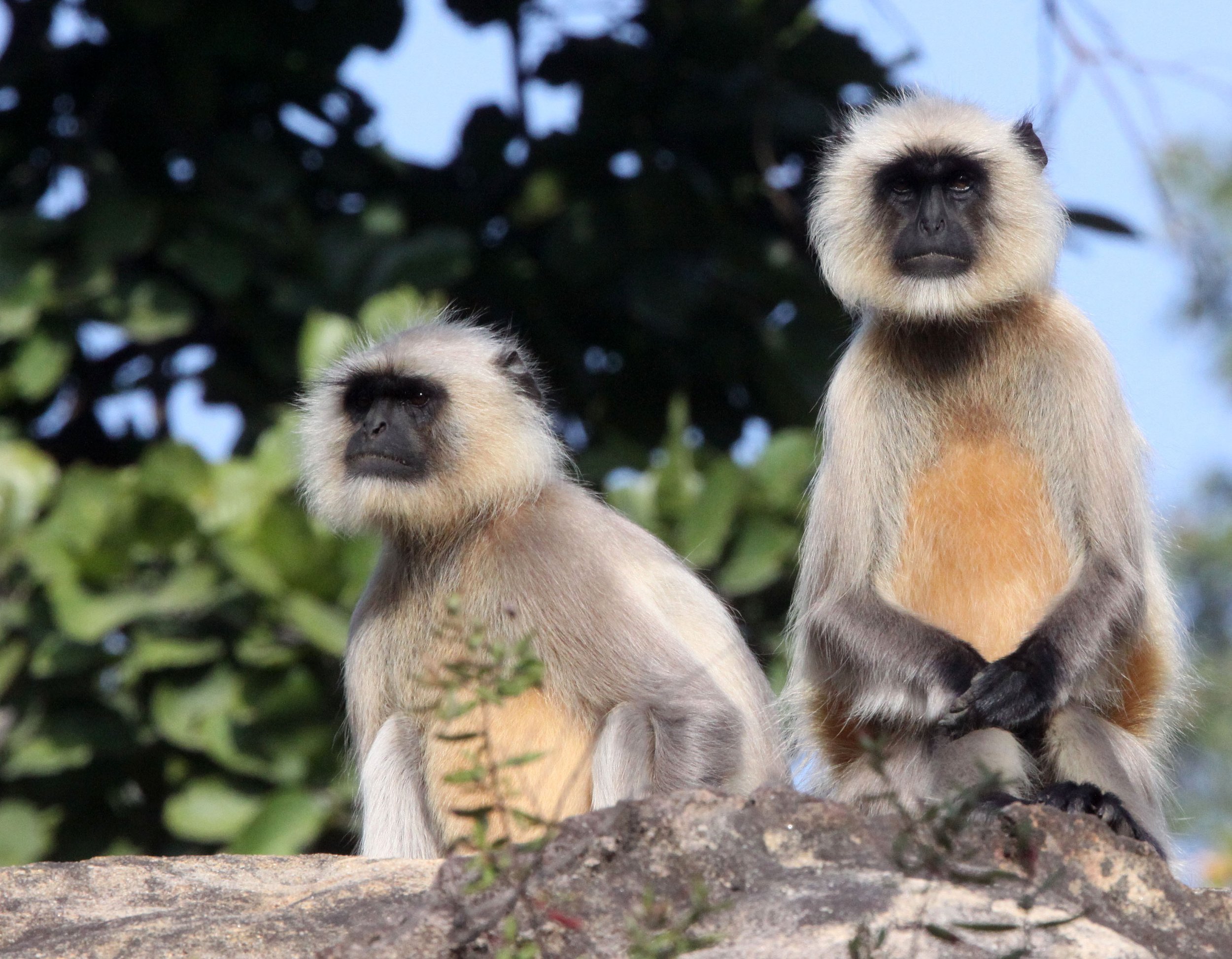







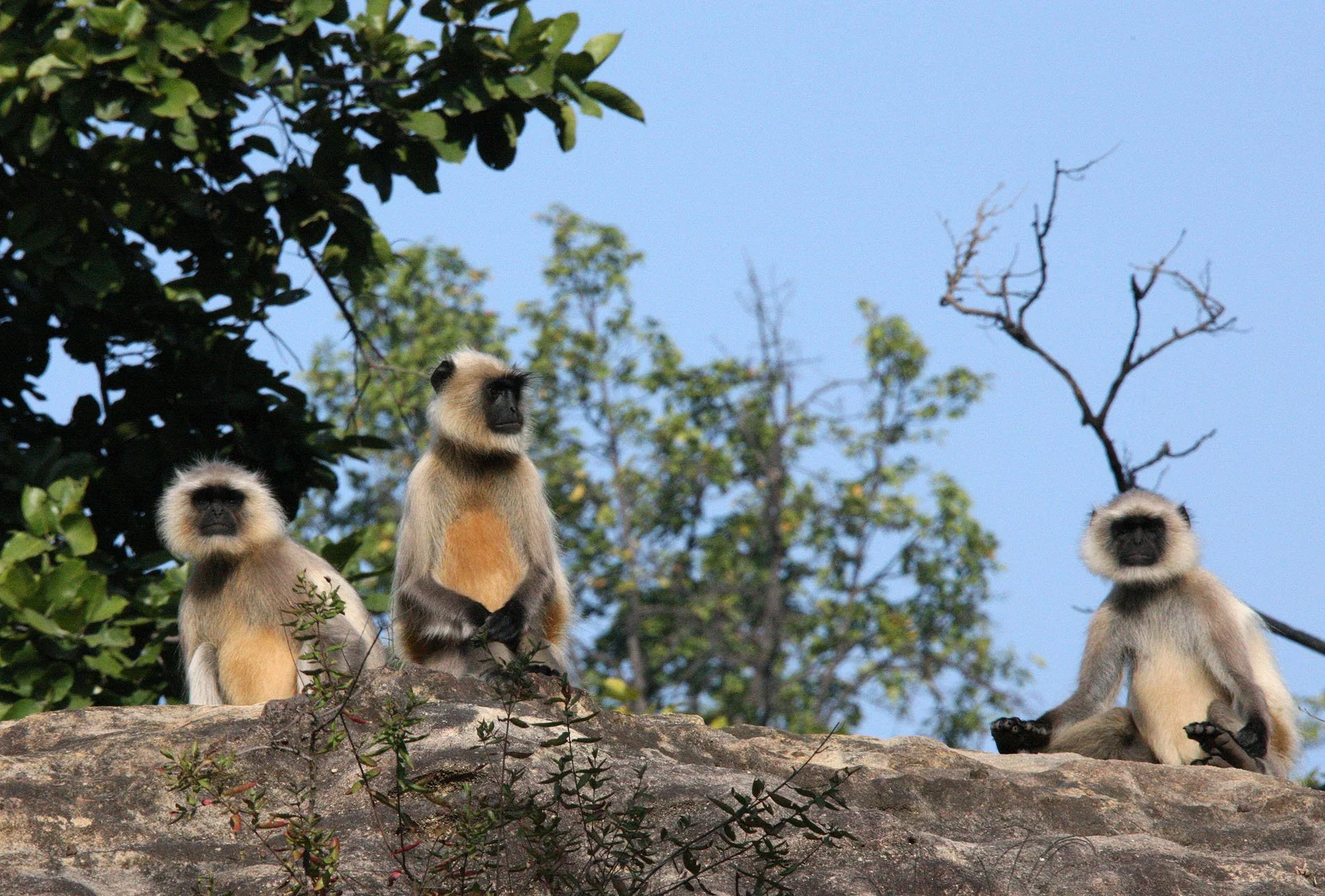










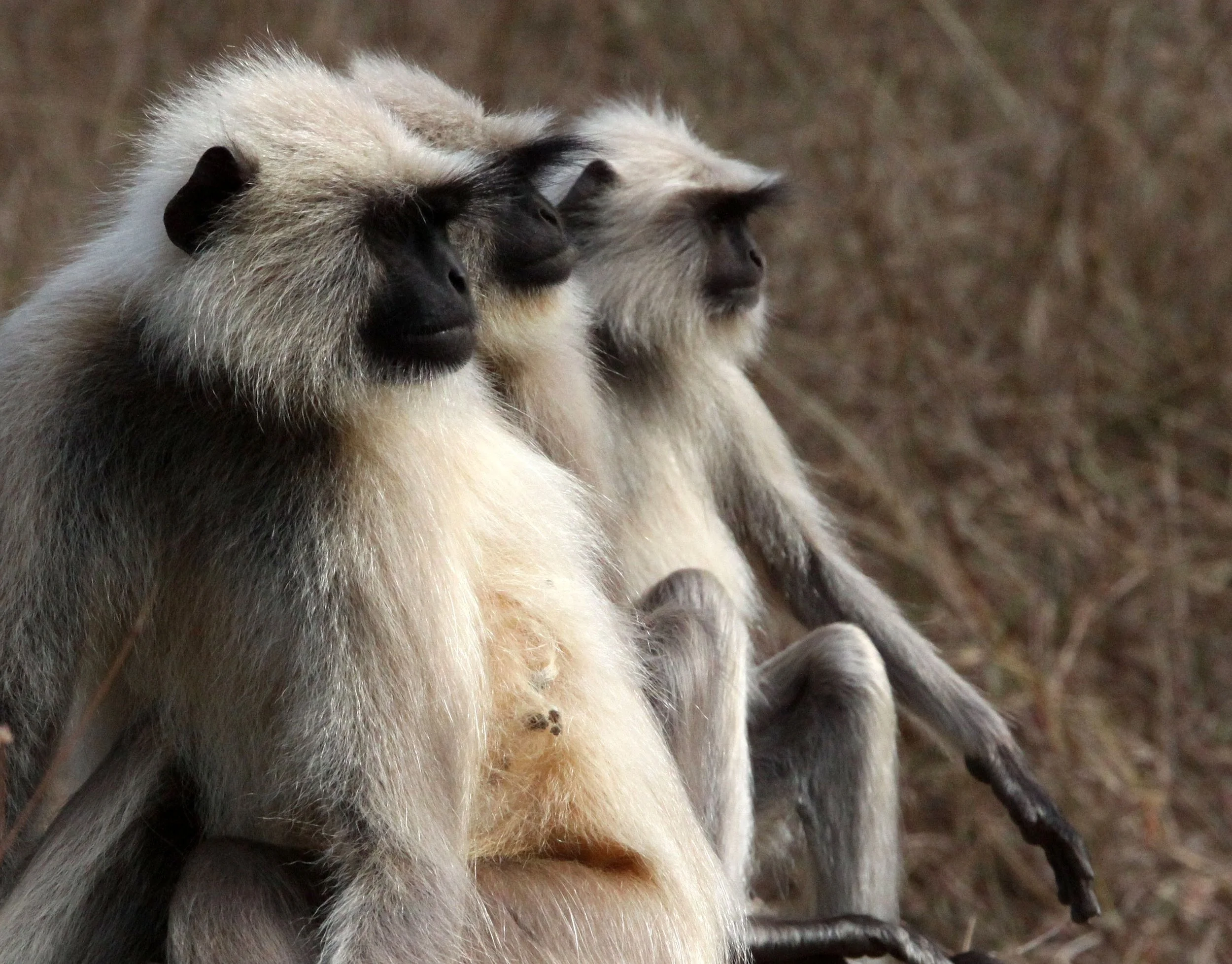








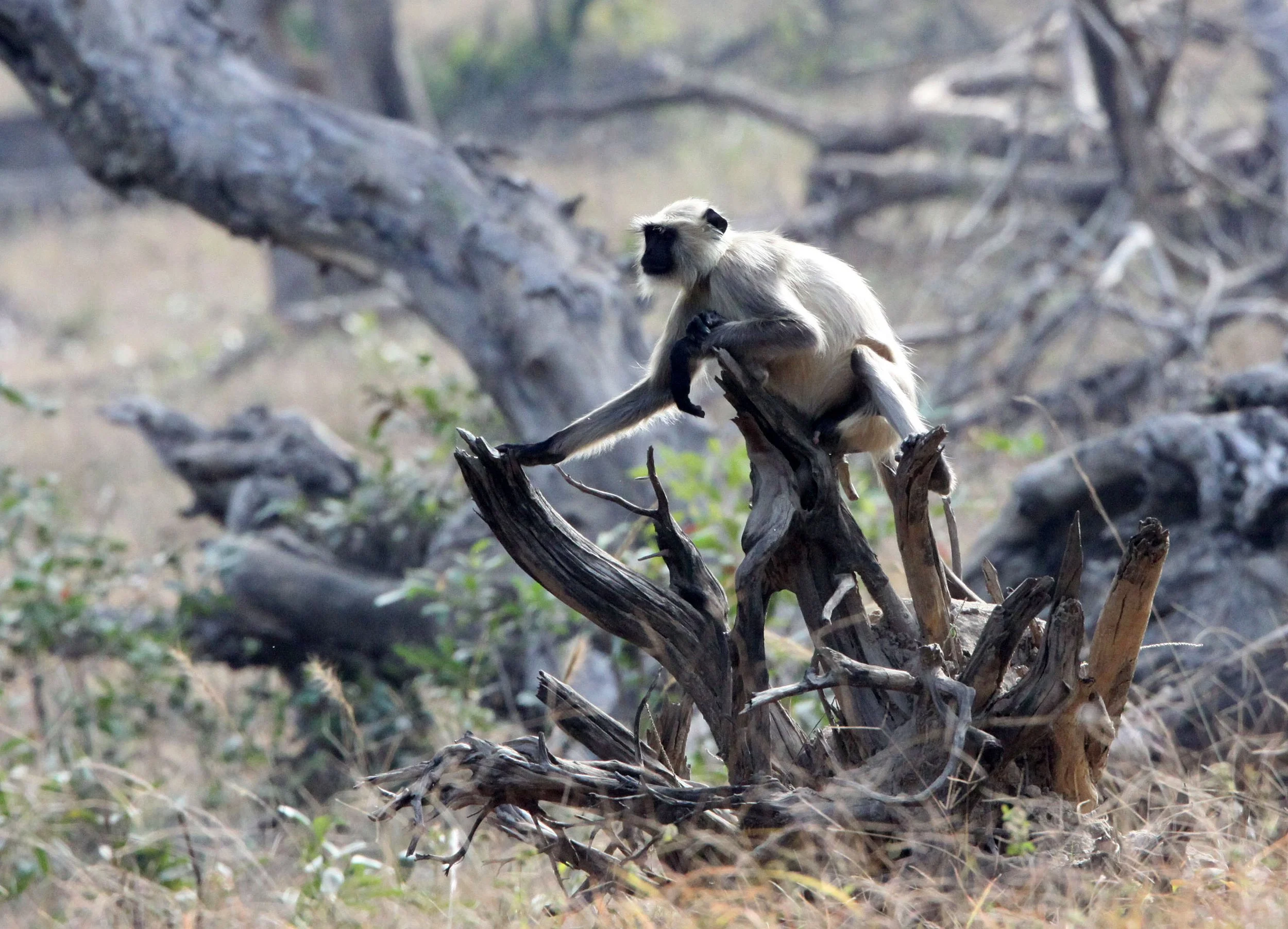

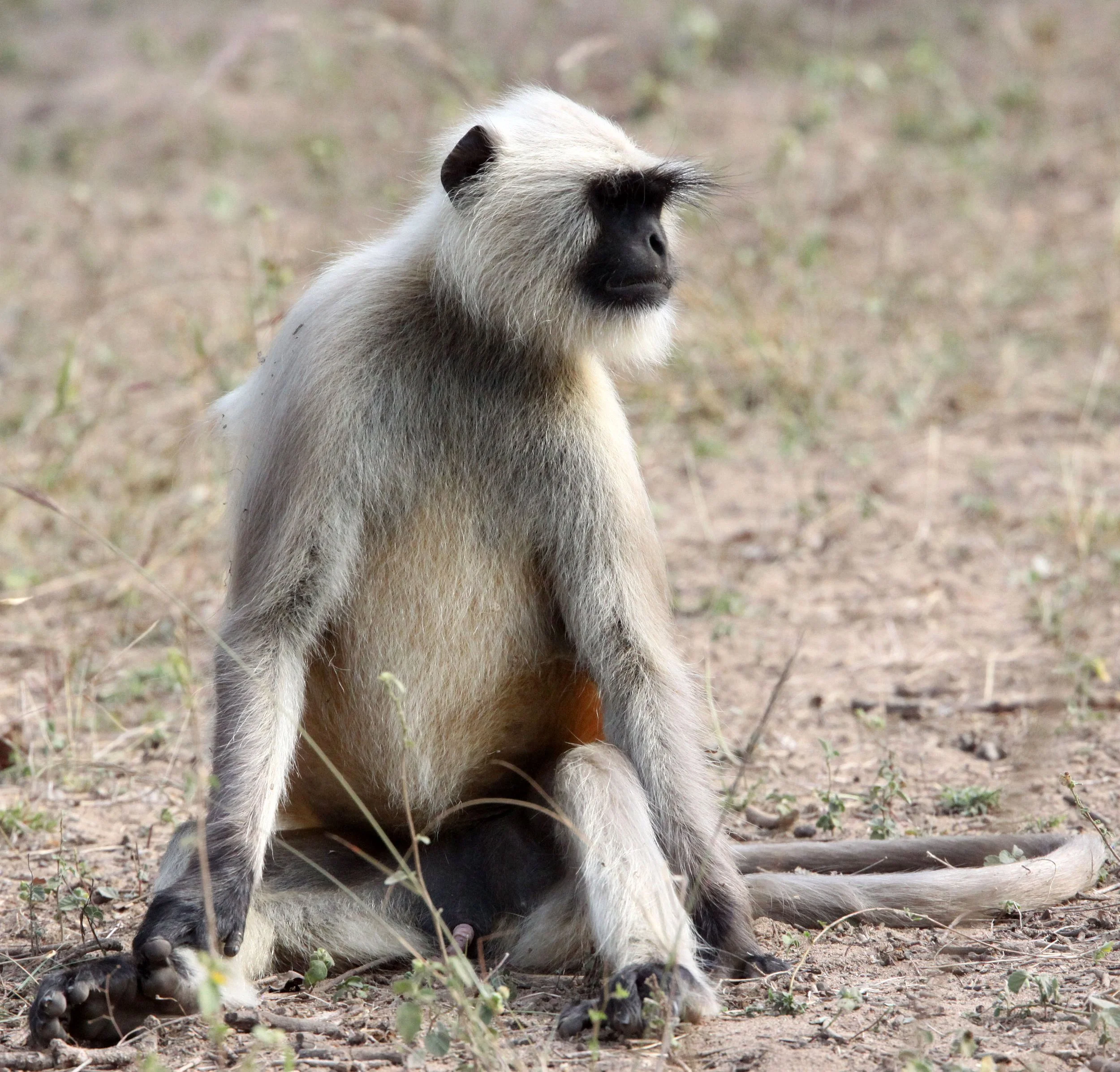













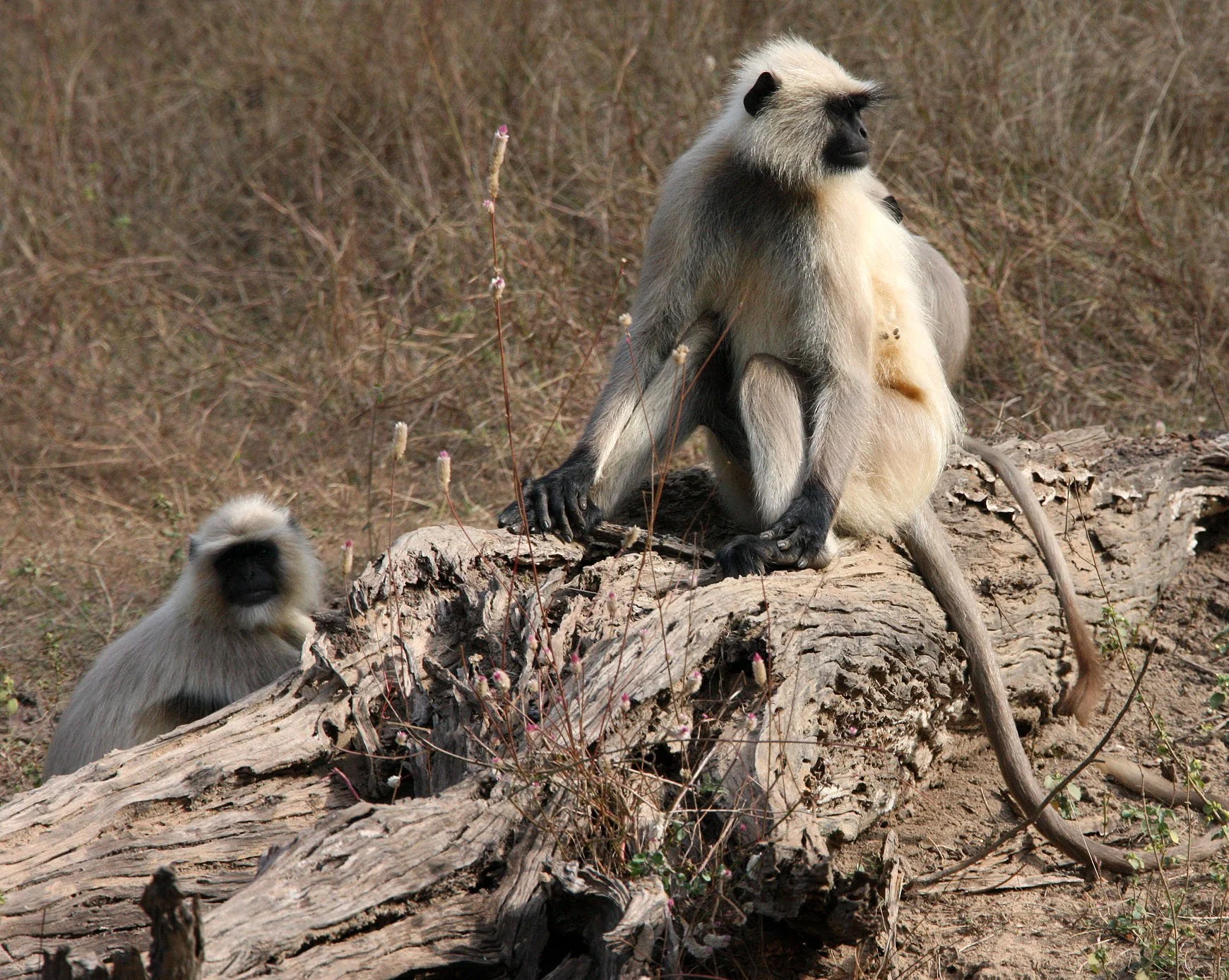



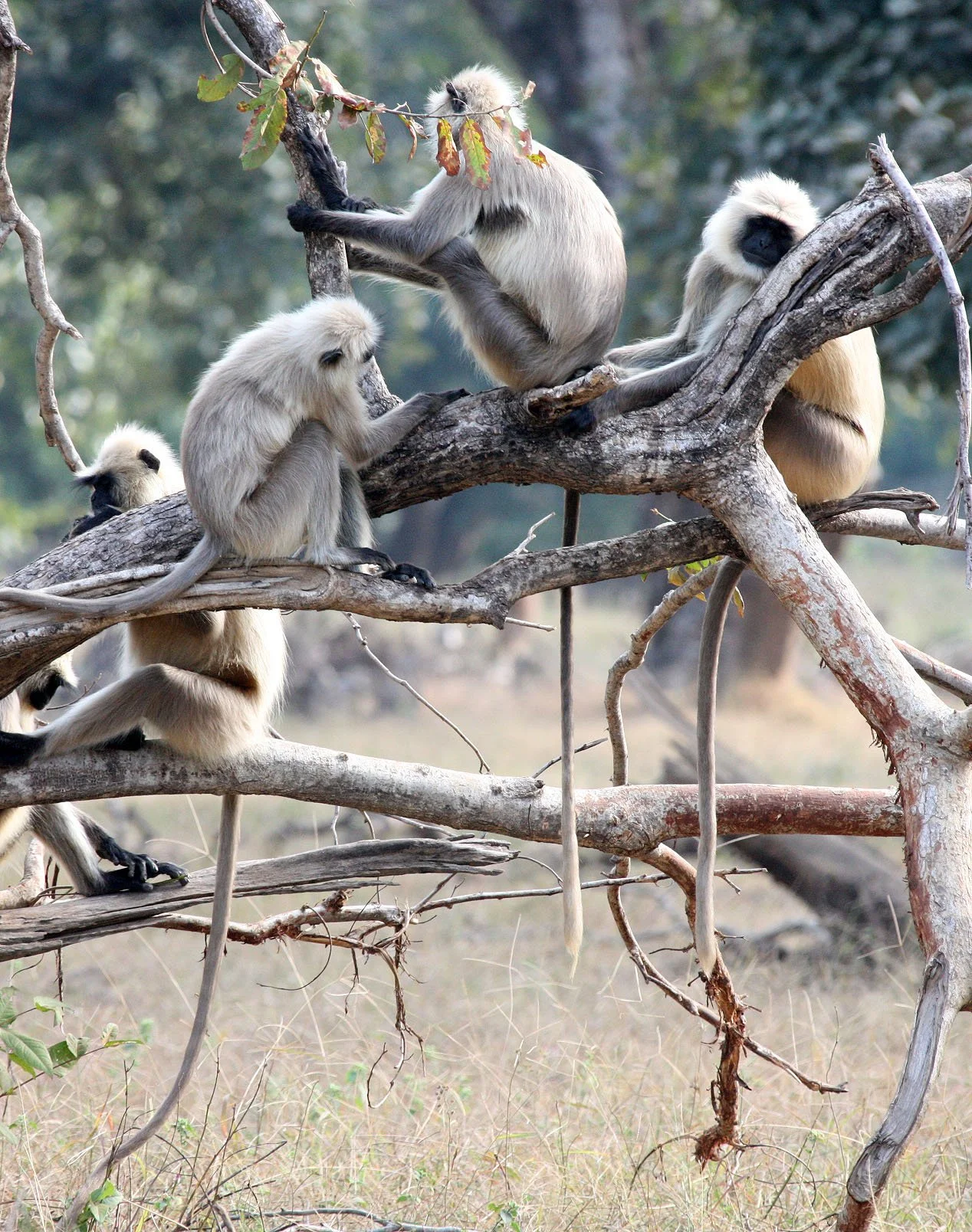





































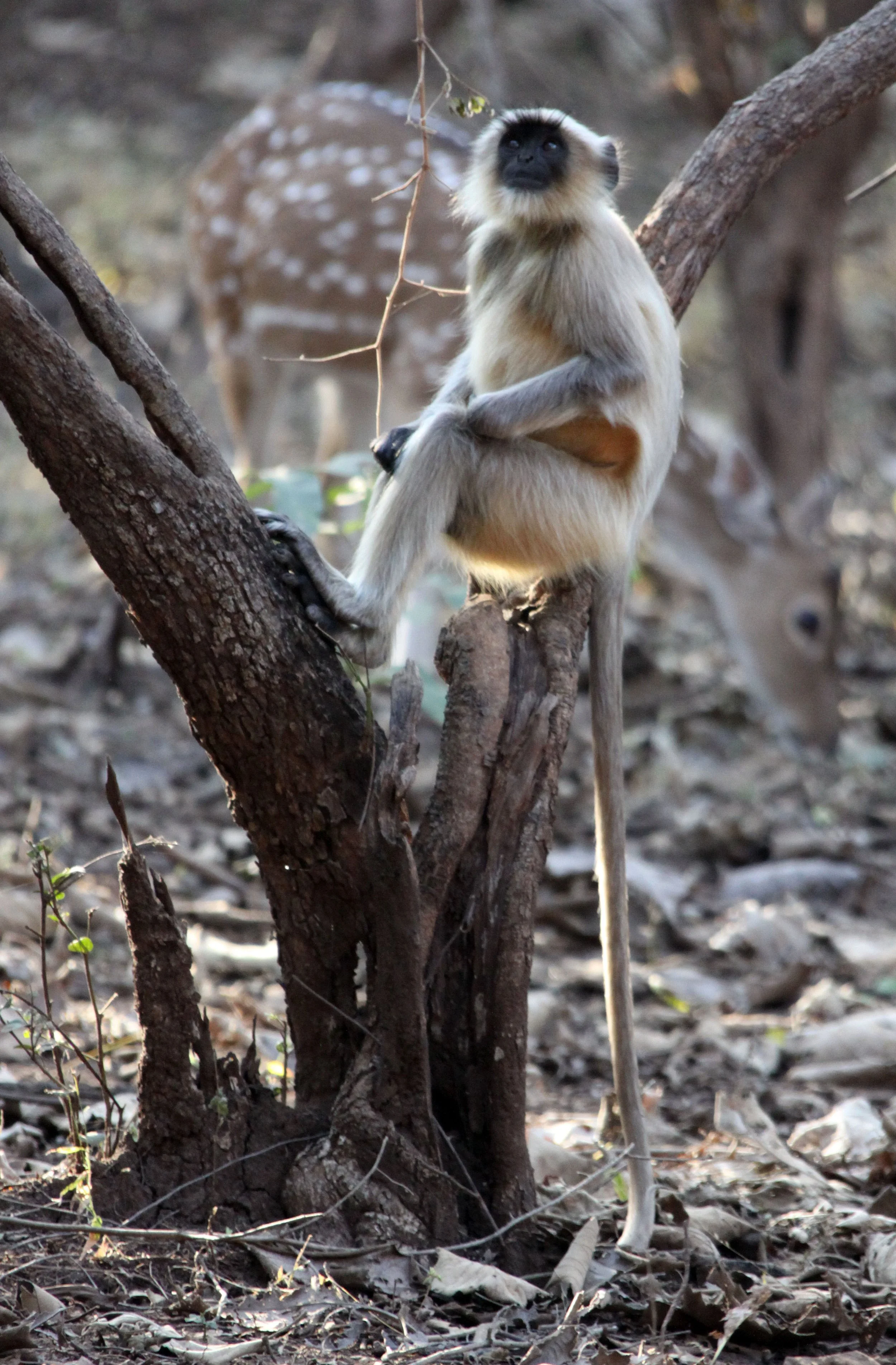








Nilgiri & Southern Plains (Hanuman Langur Hybrids (Semnopithecus johnii x entellus) Topslip National Park Tamil Nadu




